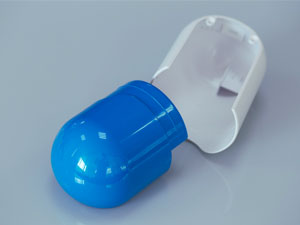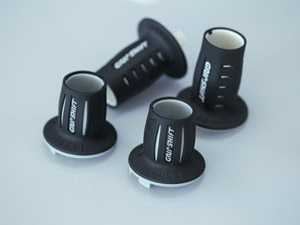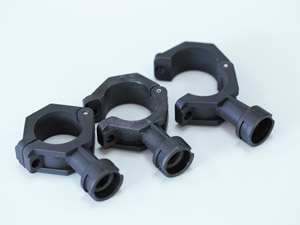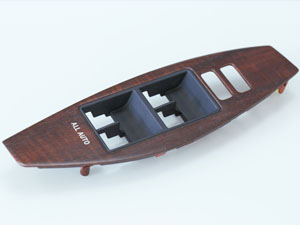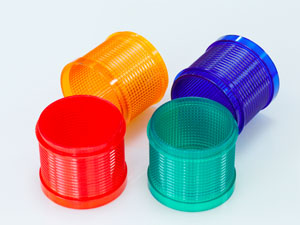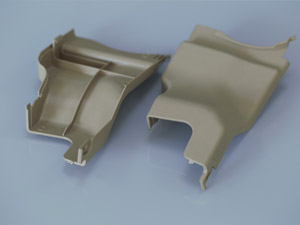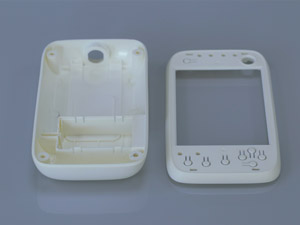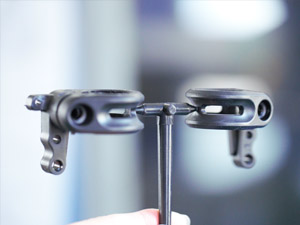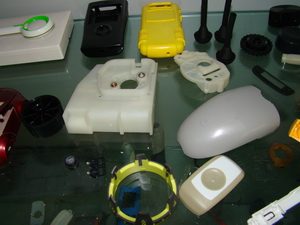
Injection Molding China
PA International is a quality endorsed Injection Molding China owned and operated company specialising in the design, tooling and manufacturing of plastic injection molded products servicing a variety of industries and applications including agriculture, engineering, medical, industrial and consumer goods. PA manufacturing capabilities extend from the production of small and complex plastic components right through to large materials handling products, having the capacity to injection mold parts up to 8kg. PA is leading the industry in the design and manufacture of high tolerance gas-assisted injection moulded parts.
Capabilities – Injection Molding
We can handle it all, design of the injection molding tools and mass production. Co-Mold, Gas-Assisted molding of large and complex parts, post machining and assembly. Our customers receive packaged part, assembly or private label product.
Accredited Injection Molding facilities in China
ISO Certified facility’s, technical support 24/7, dedicated account manager and competitive pricing makes us a manufacturer of the choice. We offer Free Design Analysis and off tool samples.
3 EASY steps to get started!

Send us email
Fill in detail in the form below and send. One of our Engineers will come back to you promptly asking for drawings and technical specifications.

Review quote
You will promptly receive the quote for moulded plastic part. Review and comment on technical aspects and pricing.

Place the order
We will produce tooling, verify samples with you and mass produce the order! We will send samples first before mass production.
Ordering process
Your part drawings will be reviewed in house by PA International engineers. The mold will be designed around the shape of the plastic part, intended use of the part and type of material it will be made of. Some design considerations, such as wall thickness, tolerances may need to be taken into account when using different types of plastics. Off-tool samples will be provided to you after drawings are approved and tool was produced.
Been a China based Injection Moulding Manufacturer an important part of our business is short runs and small quantities of customized shapes which include but is not limited to building & construction, transportation, consumer goods, packaging and engineering products.
Value Added Processes
Our team of assemblers specialize in mechanical assembly of plastic components in to complete product. We are experienced with a large variety of assembly from simple one or two part additions to complete complex builds involving ultrasonic welding, air-tight modules and electromechanical devises . Additional services also include but not limited to Screen and Pad Printing, Painting, Chroming, Testing for functionality and custom packaging.
Click HERE to download Injection Moulding Design Guidlines File
We are Injection Molding, China based, engineering company
PA is an China owned and operated injection Moulding business specializing in Injection Molding. Our methodology is to deliver our clients 100% satisfaction and consistent high quality products and services factored with short lead times and cost effective solutions. Established in 2008, PA has supplied, serviced and contributed to successful Business’s and their associated products and partners Internationally. We are continually moving forward and improving with the all manufacturing facilities operate under world recognised quality management system, ISO.
Mission Statement
Providing our clients with the high-quality and competitively priced product, from concept to completion.
Quick prototyping service
Need to quickly test out the market with low-volume parts? Or want to create large quantities of production parts? Then you can’t go wrong with our injection molding services. At PA, we can produce high-quality prototype moldings from aluminum molds with quick turnaround times. Our customers can test out their designs for manufacturability and functionality, fast.
Whether you need rapid tooling, mass production mold making or end-use plastic molding with tight tolerances, our team of experienced specialists can offer a cost-effective solution at each stage.
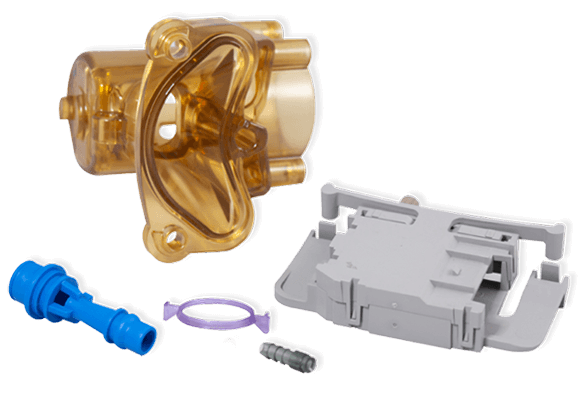
Advantages of Injection Molding with us
There are huge numbers of injection molding providers. Why should you choose us as your injection molding supplier? Here are the top 3 reasons:
1. Experienced Engineers
Our molding engineers have rich experience after handling thousands of projects, whatever parts they come across, they can get the right parameters immediately.
2. Advanced Facilities
By using imported and top brand locally made injection molding machines, we are able to make the most precise moldings.
3. Cost savings
Based in China mainland, our production costs are lower. We pass on savings to our customers in the form of lower prices.
Our Injection Molding Capabilities
At PA, our experienced team produces injection molded products of the highest quality. We use injection molding in tandem with our rapid tooling capabilities, allowing us to create detailed custom parts quickly and efficiently. Our injection molding technology allows us to use a wide range of materials and finishes to suit the needs of any industry or application.
Here are some of the options you can choose from:
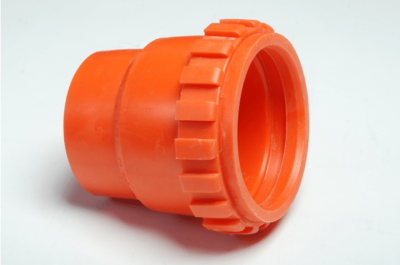
Plastic Injection Molding
The most popular process for plastics, thermoplastic injection molding is suitable for consumer products, automotive components, and everything in between.
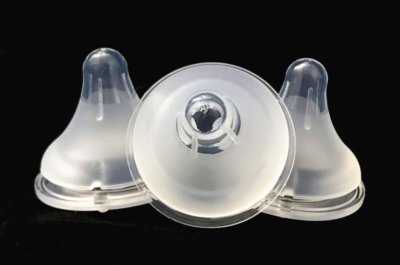
Liquid Silicone Rubber Molding
Liquid silicone injection molding is ideal for creating detailed, temperature-resistant parts from thermosets liquid silicone, either alone or with overmolding.
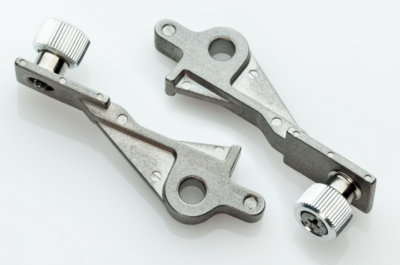
Metal Injection Molding
Suitable for small and detailed metal parts, metal injection molding is cost-effective in large volumes and wastes less material than CNC machining.
Addition Injection Molding Options
Besides the basic injection molding services, we also offer two variants on the process – overmolding and insert molding. Both of these can be useful in specific situations.
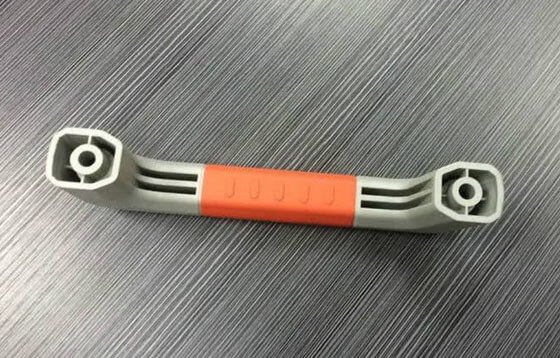
Overmolding
Overmolding uses injection molding to create a part from multiple materials. This process adds an injection-molded layer of material over an existing injection-molded workpiece. The overmolding process produces chemically bonded parts made using multiple materials.
The overmolding method is often cheaper and more effective than other manufacturing approaches that require creating and assembling component material parts separately. The process can also be used to build layered parts from scratch or to add a resistant outer layer to existing plastic parts and tools, providing a more rugged exterior. Toothbrushes consisting of a solid plastic body and rubberized grip are a common example of an overmolded product.
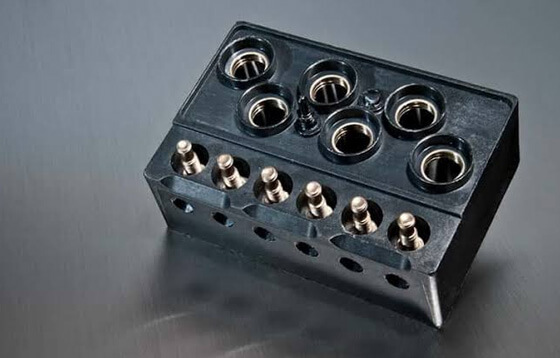
Insert Molding
Insert molding is similar to overmolding, but the substrate is not necessarily plastic and does not have to be produced via injection molding. For example, insert molding can be used to add a plastic coating to a pre-fabricated metal part.
Common parts made by insert molding include sharp handheld tools, such as scalpels, which consist of a metal blade partially housed within a plastic handle. Insert molding is also frequently used to create products that incorporate bushings, clips, and fasteners
Materials
- Acetal polyoxymethylene (POM)
- Acrylonitrile butadiene styrene (ABS)
- Nylon 66 (PA66)
- Glass-filled, polyamide (PA-GF)
- High-density polyethylene (HDPE)
- Low-density polyethylene (LDPE)
- Polybutylene terephthalate (PBT)
- Polycarbonate (PC)
- Glass-filled polycarbonate (PC-GF)
- ABS polycarbonate (PC-ABS)
- Polyethylene terephthalate (PET)
- Polymethyl methacrylate (acrylic) (PMMA)
- Polyphenylene sulfide (PPS)
- Polypropylene (PP)
- Polystyrene (PS)
- Polystyrene + polyphenyl ethers (PS-PPE)
- Thermoplastic elastomer (TPE)
- Thermoplastic vulcanizates (TPV)
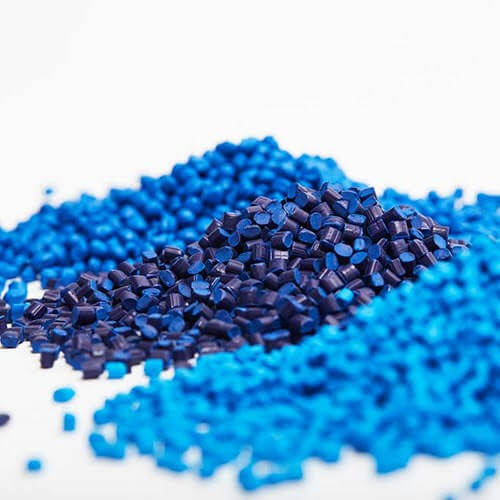
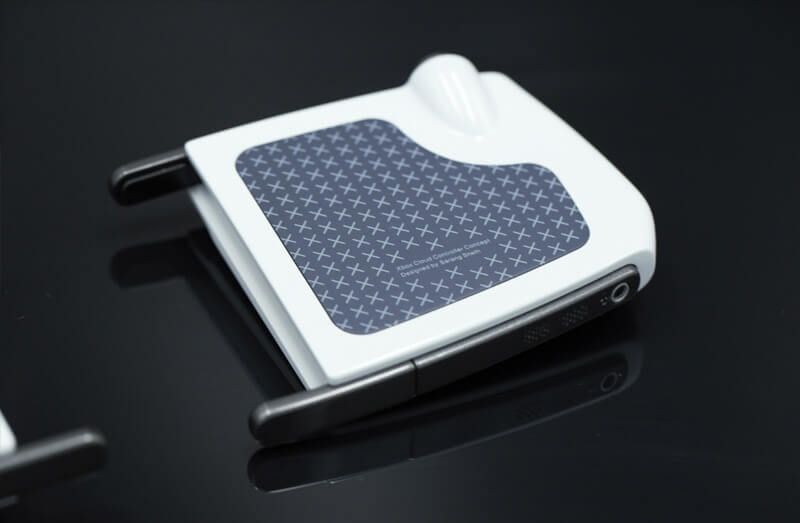
Finishing Options
- Polishing
- Pad printing
- Silk screening
- Custom color painting
- Laser finishing
- Heat staking
- Texture finishing
Common Applications
Injection molding is used to manufacture parts for a number of industries, including:
- Medical devices
- Automotive
- Aerospace
- Electronic
- Packaging
- Food containers
- Toys
- Plastic prototypes
What is injection molding?
Plastic injection molding is the process of making plastic parts via the injection of molten plastic — typically a thermoplastic — into a metal mold, which is usually made from steel or aluminum.
The machine feeds raw material into the mold itself, the geometry of which is effectively a negative impression of the final part and which usually consists of two sections: an injection (A) mold and an ejector (B) mold.
The space between the two sections is the mold cavity, into which material is injected.
Although capable of producing a very wide range of parts, injection molding has some design constraints. Parts must have fairly narrow walls, should generally avoid overhanging features, and must have some degree of draft (tapered sides) so the part can be ejected from the mold.
Injection molding is principally used with plastics, and thermoplastics in particular. Thermoplastics are polymers that soften at an elevated temperature (at which point they can be freely injected into a mold) then return to a solid state after cooling. Injection molding also works with thermosets, which can be cured to make a solid but cannot then be melted back into a liquid state. Less common are elastomers.
What is the injection molding process?
Injection molding is the most popular manufacturing process for producing plastic parts. With an injection molding machine, raw plastic material, and a mold, it is possible to make a huge variety of parts, large and small, durable or disposable, for a number of industries and applications. So how does injection molding work?
Injection molding is a forming process — as opposed to a subtractive (cutting) process like CNC machining or an additive process like 3D printing — that uses a mold as a forming device. The process is suitable for materials like thermoplastics, which are heated until they reach a molten state and then injected into a metal mold where they cool and take the form of the mold’s interior or cavity.
The simple explanation:
The injection molding process can be divided into four stages: melting the material, injecting it into the mold, cooling the material (or allowing it to cool) until it hardens, then ejecting the final part from the mold. Put simply:
- 01 Melt
- 02 Inject
- 03 Cool
- 04 Eject
The detailed explanation:
In principle, injection molding is a relatively easy-to-understand process. Executing it, however, is a little more complex.
Injection molding starts with pellets (granules) of plastic material being poured into a hopper. The pellets are then moved from the hopper to a barrel, where they are heated until they reach a molten state.
Once the material is melted, it is forced through the barrel by a reciprocating screw until there is enough material near the exit point of the barrel to fill the mold. This quantity of material is known as a shot.
After passing through a check valve, the shot of liquid material is forced from the barrel into a channel in the mold called a sprue, then through a network of smaller channels called runners and into the mold cavity. These runners are usually organized in a way to deliver material to the right areas of the mold with adequate force.
The material immediately begins to cool and harden once it reaches the mold, but the cooling process can also be accelerated using cooling lines around the mold filled with circulating water.
When the material is fully cooled and solidified, the operator opens the mold, and the molded part can then be ejected. Depending on the rigidity of the material, the use of ejector pins may help to get the part out of the mold without breaking it.
The sprue and runner are trimmed from the part — sometimes leaving a small mark — before the part is ready for post-processing or delivery.
Steps to get injection molded parts
For any injection molding project, important decisions need to be made before the molding process begins. The workflow often goes like this:
1. Select the material: Material selection is the first step when preparing for injection molding. Normally, product designers will have certain injection molding materials in mind when designing a new product. And if they are unsure, making rapid prototypes is the best way to test out different material options.
2. Confirm the quantity: It is important to discuss proposed quantities of molded parts at the outside, because the number of shots determines the kind of mold to be used: a prototype mold or a high-volume production mold.
3. Mold flow analysis: Injection molding mold flow analysis software provides a simulation report, predicting factors like part warpage and cooling channel efficiency and ultimately helping manufacturers avoid mistakes. In the event of a negative report, the design can be changed to improve the injection molding process.
4. Create the mold: Mold making is a specialist process; these days, molds are often made via CNC machining and EDM, since these processes can produce highly detailed metal molds in a short space of time.
5. Create the moldings: Once the mold is ready to go, the injection molding process can begin as explained in the “What is the injection molding process?” section.
Advantages of Injection Molding
Injection molding is an excellent option for the large-scale production of plastic parts and components. After all, there’s a reason why so many high-tech companies use it for producing parts all around the world. But what makes injection molding so popular?
Well, here are some of its biggest advantages:
Efficiency
The mold injection process is highly efficient, allowing to produce large orders quickly.
Superior detail
The high pressure of injection ensures that the melted material reaches every crevice of the mold before curing. This enables design engineers to incorporate complex geometrics and intricate elements into their designs.
Affordability
Fast and efficient production ensures a low cost per part, while high production volumes produce further economies of scale. Aluminum, a cost-effective and readily available material, can be used for tools to control costs.
High-volume production
Injection molding with steel molds can facilitate high-volume production of parts into the millions.
High tensile strength
Injection-molded parts may be reinforced by adding fillers into the liquid resin, improving tensile strength.
Ready-to-go finish
With the proper treatment, injection-molded parts come out of the mold with a smooth finish that requires no further refinement.
Plastic Injection Molding FAQ
What plastics can you use with injection molding?
Injection molding can use almost any type of plastic that can also be combined together. This unmatched versatility is what makes injection molding so popular and suitable for some of the most demanding industries in the world. You can check out our selection of available materials and finishes on this page.
What is the process behind injection molding?
The plastic pellets are melted and are then inserted in liquid form into the mold tool, where it cools and takes the required shape. The process allows for high precision and tight tolerances because it can be replicated exactly each time.
Why should I use injection molding?
Injection molding is one of the most affordable ways to manufacture large quantities of parts, especially for bigger production runs. Even though designing and creating the mold can take time, after that, the process becomes very affordable and efficient.
How quickly can you produce parts using injection molding?
Before production can begin, we will first need to design the injection mold tool. How long this takes will depend on the complexity of your project, but the usual timeline can be as short as a week and as long as a couple of months.
